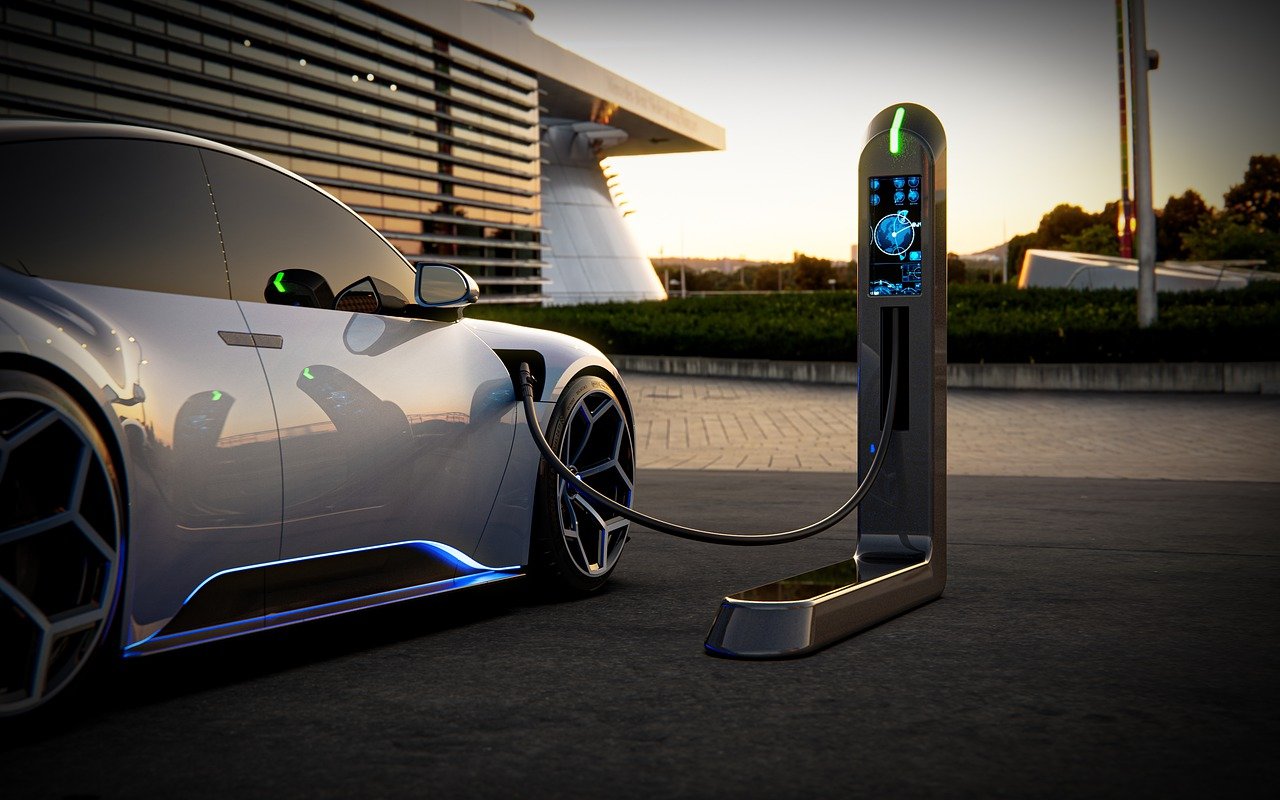With fuel prices reaching record highs of $30 a barrel, millions are asking themselves how technology might step up to alleviate the problem. Many point to electric vehicles (EVs) as the answer but for millions, the lack of charging infrastructure is still hampering their viability as an alternative to traditional cars. Other emerging technologies such as connected cars and smart cities are already preventing car accidents in urban areas and improving traffic flow.
Technology in the driving seat
Traffic jams and fuel shortages are a reality of urban life in 2022 but researchers and legislators think “smart cities” may hold the solution. Indeed, the City of Dublin has just announced a pilot program with plans to extend open Wi-Fi access to the entire city. Meanwhile early smart city adopters such as Copenhagen and London are beginning to see the benefits of technology-driven projects, reporting improved traffic and resource management. It’s undeniable that our in-car experience has changed more in the last 10 years than it had for the previous 50. We are witnessing a revolution in convenience and safety technology as our cars become ever more interconnected with our devices. It’s this transformation that is enabling smart cities by providing them with real-time data on traffic movement and allowing AI to direct accordingly.
However, none of this technology will remove the need for traditional maintenance practices. Whether you’re in an urban or rural area, maintaining a stock of spare tyres and fuel in your car will remain essential for ensuring that you always make it to your destination. For safety reasons, it’s also essential to know exactly how long these fuel reserves will remain in a usable condition during storage and to regularly check their state. Thankfully, technology can help here as connected cars often come with real-time monitoring and tools to help you schedule maintenance.
Manufacturing matters
3D printing is more than just a niche hobby, it’s a technology already transforming modern manufacturing and the wider auto industry. While still in its early stages, we are beginning to see it applied in the real world. Earlier this month Stratasys and NASCAR announced a partnership to produce 3D-printed parts for their racing stock cars. While this might seem like a small step, it marks the beginning of a journey towards fully 3D-printed cars. These would have the benefit of reduced weight and could lower fuel consumption by as much as 8% as a result. Lightweight vehicles also benefit from improved car safety by reducing the impact force of collisions. Of course, we are a number of years away from fully 3D-printed cars taking to the roads but manufacturers are slowly incorporating more and more printed parts into their vehicle production.
While self-driving cars and EVs may capture the headlines, it’s 3D printing and connected cars that will most transform our urban driving experience in the coming years. Traffic in many major cities could soon be managed by AI, reducing or even eliminating traffic jams. The improved efficiency these advancements bring won’t just save you time but also lower fuel consumption and air pollution, making urban life healthier and less stressful.



